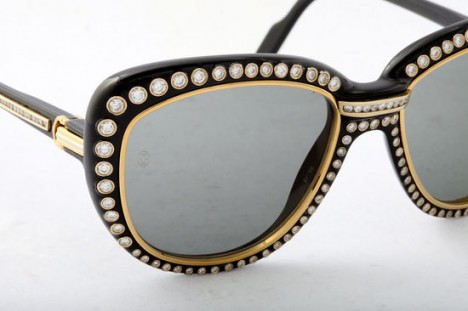The relationship between the fashion industry and intellectual property
The fashion industry, with its constant stream of creative designs and innovative ideas, relies heavily on intellectual property rights to protect and foster the fruits of its labor. Intellectual property (IP) plays a crucial role in safeguarding the originality, brand identity, and economic interests of fashion designers and companies. In this article, we delve into the relationship between the fashion industry and intellectual property, examining the various forms of IP protection and their significance in fostering creativity and supporting the growth of the industry.
One of the primary forms of IP protection in the fashion industry is copyright. Copyright law safeguards original works of authorship, including creative designs, prints, patterns, and textiles. While copyright does not extend to utilitarian articles like clothing itself, it can protect original fabric designs, graphic elements, and artistic creations that adorn garments. Designers can register their copyright to secure legal rights and prevent unauthorized reproduction or infringement of their original designs.

Trademarks are another critical aspect of intellectual property for the fashion industry. Trademarks protect brand names, logos, slogans, and other distinctive identifiers that differentiate one fashion brand from another. Establishing a strong trademark can help fashion companies build brand recognition, maintain market share, and prevent consumer confusion. By registering trademarks, fashion brands can protect their reputation and ensure the exclusive use of their brand identity in the marketplace.
Design patents provide yet another avenue for protecting innovative and ornamental aspects of fashion designs. Design patents cover the unique visual appearance of an article, granting exclusive rights to the patented design for a limited period. While obtaining design patents in the fashion industry is less common due to their cost and limited duration, they can be valuable for highly unique and groundbreaking designs that may be easily copied by competitors.
Trade dress protection is also relevant in the fashion industry, safeguarding the distinctive and non-functional aspects of a product’s overall appearance. Trade dress can encompass the unique combination of elements, such as color schemes, packaging, store layouts, and product presentation, that create a distinctive brand image. Fashion retailers often rely on trade dress protection to preserve the distinctiveness of their store design or packaging, creating a recognizable and cohesive brand experience for consumers.

Counterfeit and piracy pose significant challenges to the fashion industry. Fashion brands invest substantial resources in design development, marketing, and brand building, making them attractive targets for counterfeiters. Intellectual property rights provide legal recourse for fashion companies to combat counterfeiting, allowing them to take legal action against those infringing on their designs, trademarks, or trade dress. Infringement lawsuits, customs enforcement, and anti-counterfeiting collaborations are some strategies employed by the fashion industry to protect their IP rights and maintain market integrity.

However, the fashion industry also faces certain complexities and debates concerning intellectual property. The concept of “inspiration” and the fine line between homage and plagiarism can sometimes lead to legal disputes. Additionally, the fast-paced nature of fashion trends and the difficulty of protecting functional aspects of garments present ongoing challenges in IP enforcement.
In conclusion, we realize that intellectual property is a vital tool for the fashion industry, providing legal protection for creativity, innovation, and brand identity. Copyright, trademarks, design patents, and trade dress collectively safeguard the designs, logos, branding, and overall market positioning of fashion companies. By actively protecting their intellectual property, fashion designers and brands can encourage innovation, foster healthy competition, and maintain the economic integrity of the industry. Balancing IP protection with the need for creativity and artistic expression remains an ongoing discussion within the fashion industry as it continues to navigate the evolving landscape of intellectual property rights.







